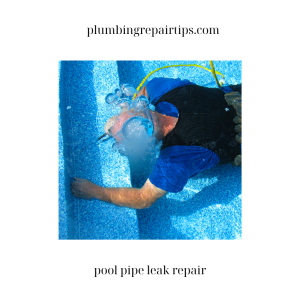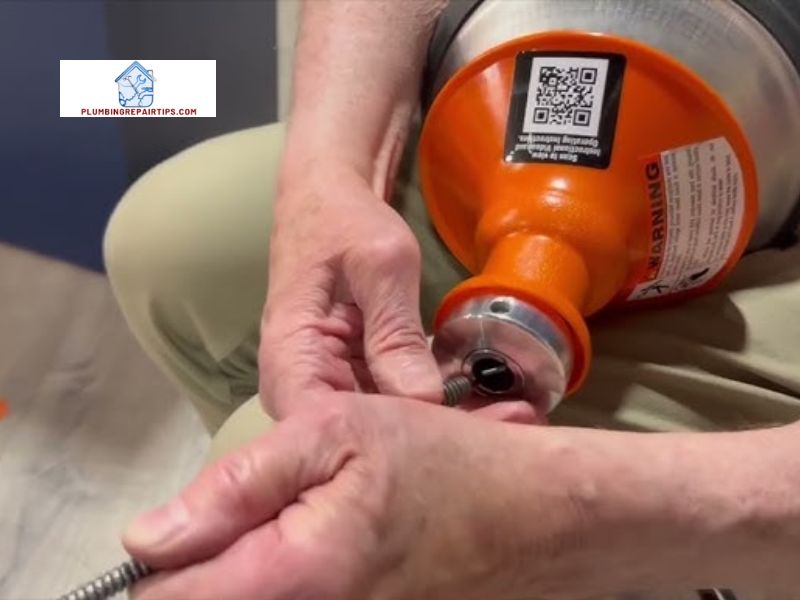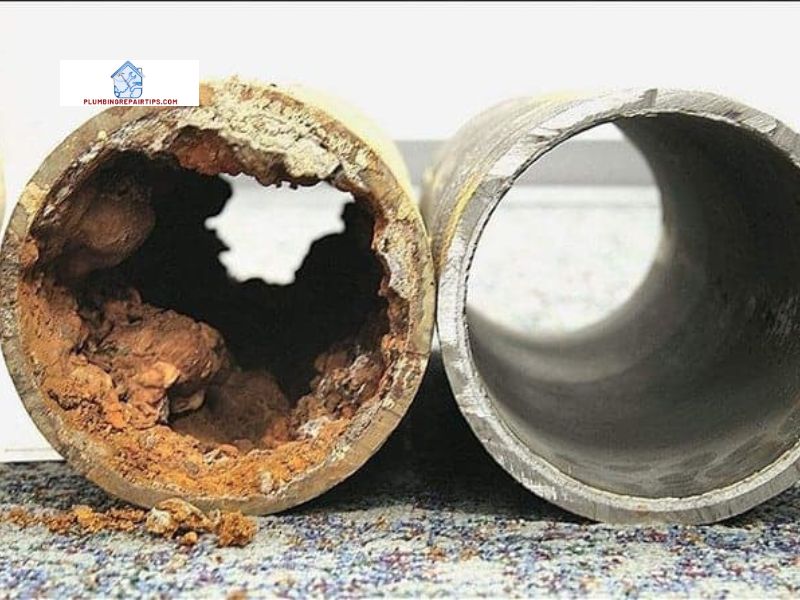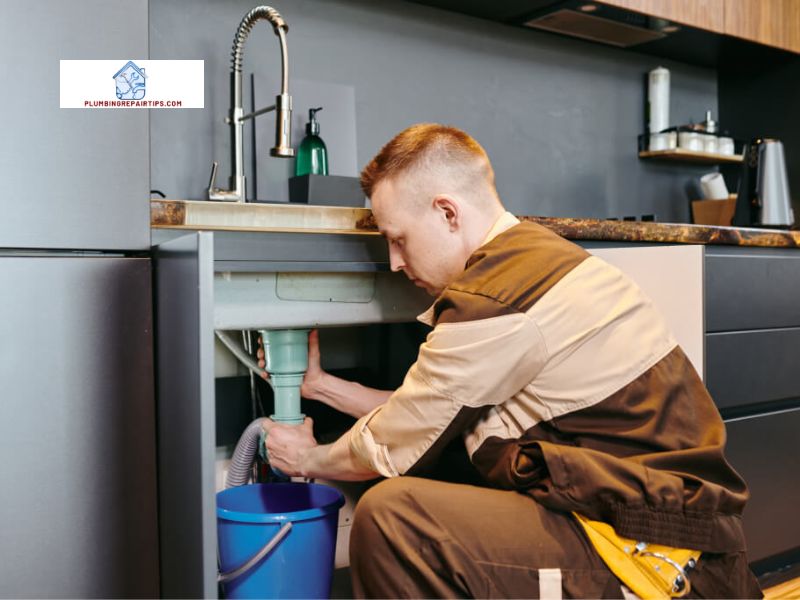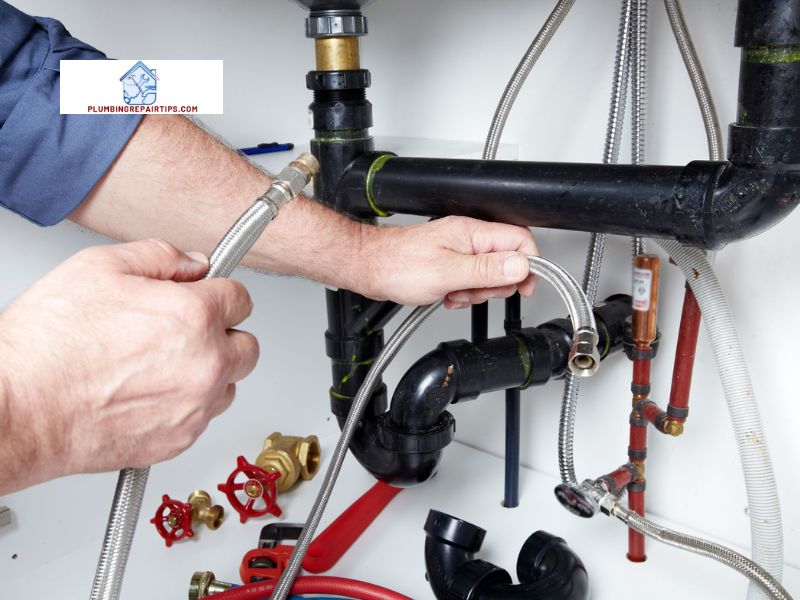What is backflow preventer leaking? Water is a precious resource that we rely on for various activities in our daily lives. From cooking and cleaning to drinking, it’s crucial to ensure that our water supply remains clean and uncontaminated. This is where a backflow preventer plays a vital role. But what happens when this essential device starts leaking? In this article, plumbingrepairtips.com will delve into the importance of a backflow preventer and explore the common issues that can lead to leakage.
A. Importance of Backflow Preventer
Imagine a scenario where the water flowing in your plumbing system suddenly gets contaminated with harmful substances. It could be pesticides, chemicals, or even sewage. This is where a backflow preventer becomes your first line of defense. Installed at the main water line, a backflow preventer ensures that the water flowing into your home only moves in one direction – from the public water supply to your faucets and fixtures.
B. Common Issues with Backflow Preventers
While backflow preventers are designed to keep your water supply safe, they are not immune to problems themselves. One of the most common issues homeowners face is a leaking backflow preventer. This can occur due to a variety of reasons, ranging from faulty valves to high water pressure or damaged seals. Identifying the cause of the leakage is crucial to prevent further damage and potential contamination.
Now that we understand the significance of a backflow preventer and the common issues associated with it, let’s dive deeper into the causes of backflow preventer leaking in the following sections.
Stay tuned to learn about the potential risks and consequences of a leaking backflow preventer, steps to fix the issue, and preventative maintenance tips to avoid future leaks. Together, we’ll ensure that your water supply remains clean and safe.
Next section: What Causes Backflow Preventer Leaking?
What Causes Backflow Preventer Leaking?
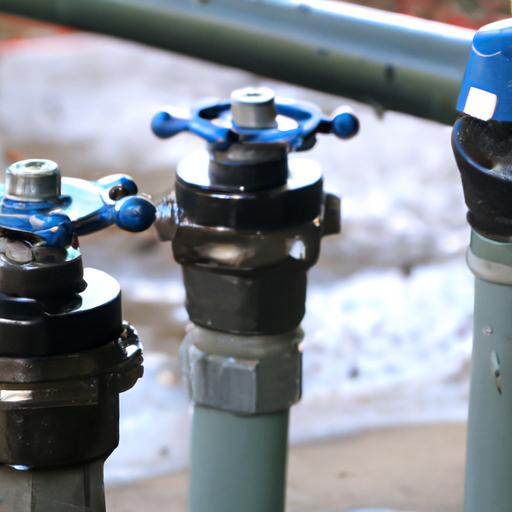
When it comes to backflow preventer leaks, there are several potential culprits to consider. Understanding these causes is essential for effectively addressing the issue and preventing further damage. Let’s explore the most common reasons behind backflow preventer leaks:
A. Faulty Valve
One of the primary causes of backflow preventer leaks is a faulty valve. Over time, valves can deteriorate or become damaged, leading to water seepage or complete failure. Corrosion, wear and tear, or improper installation can all contribute to valve malfunctions. A faulty valve not only compromises the integrity of the backflow preventer but also increases the risk of contamination in your water supply.
B. High Water Pressure
Excessive water pressure can put significant strain on a backflow preventer, leading to leaks. When the water pressure exceeds the recommended levels, it can cause the device to malfunction and result in water escaping through gaps or faulty seals. Monitoring and controlling water pressure is crucial to ensure the longevity and effectiveness of your backflow preventer.
C. Damaged or Worn-out Seals
The seals within a backflow preventer play a critical role in preventing leaks. However, over time, these seals can become damaged, worn-out, or compromised due to exposure to harsh conditions or regular use. When the seals fail to create a tight seal, water can escape, leading to a leaking backflow preventer. Regular inspection and maintenance of the seals are necessary to prevent potential leaks.
By identifying the specific cause of your backflow preventer leak, you can take appropriate measures to address the issue. Whether it’s a faulty valve, high water pressure, or damaged seals, understanding the root cause will guide you in finding the most effective solution. In the following sections, we’ll explore the signs and symptoms of a leaking backflow preventer and discuss the potential risks and consequences associated with such leaks.
Next section: Signs and Symptoms of a Leaking Backflow Preventer
Signs and Symptoms of a Leaking Backflow Preventer
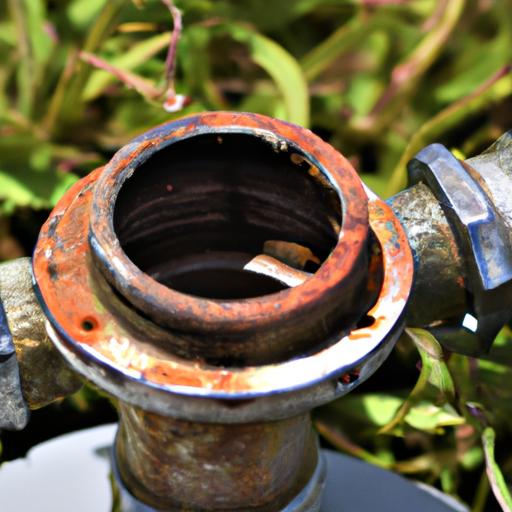
When it comes to a leaking backflow preventer, early detection is key to preventing potential contamination and water damage. By recognizing the signs and symptoms, you can take prompt action to address the issue. Here are some indicators that your backflow preventer may be leaking:
A. Visible Water Leakage
One of the most apparent signs of a leaking backflow preventer is the presence of visible water leakage. If you notice water pooling or dripping near the device, it’s a clear indication that something is amiss. Check for any wet spots or puddles around the backflow preventer or its surrounding pipes. Remember, even a small leak can escalate into a larger problem over time if left unattended.
B. Abnormal Water Flow Patterns
Another telltale sign of a leaking backflow preventer is abnormal water flow patterns. If you observe changes in water flow when using your faucets, showers, or other water outlets, it could be a sign of a backflow preventer leak. Keep an eye out for reduced water pressure, inconsistent water flow, or sudden bursts of water. These irregularities can indicate a compromised backflow preventer.
C. Unusual Water Pressure Fluctuations
In addition to changes in water flow, a leaking backflow preventer can also cause unusual water pressure fluctuations. You may experience sudden drops or increases in water pressure throughout your plumbing system. If you notice these fluctuations happening frequently, it’s essential to investigate the source, as it could be attributed to a faulty backflow preventer.
By paying attention to these signs and symptoms, you can identify a leaking backflow preventer before it leads to more significant issues. In the next section, we will discuss the potential risks and consequences associated with a leaking backflow preventer. Stay tuned to learn more.
Next section: Potential Risks and Consequences of a Leaking Backflow Preventer
Potential Risks and Consequences of a Leaking Backflow Preventer
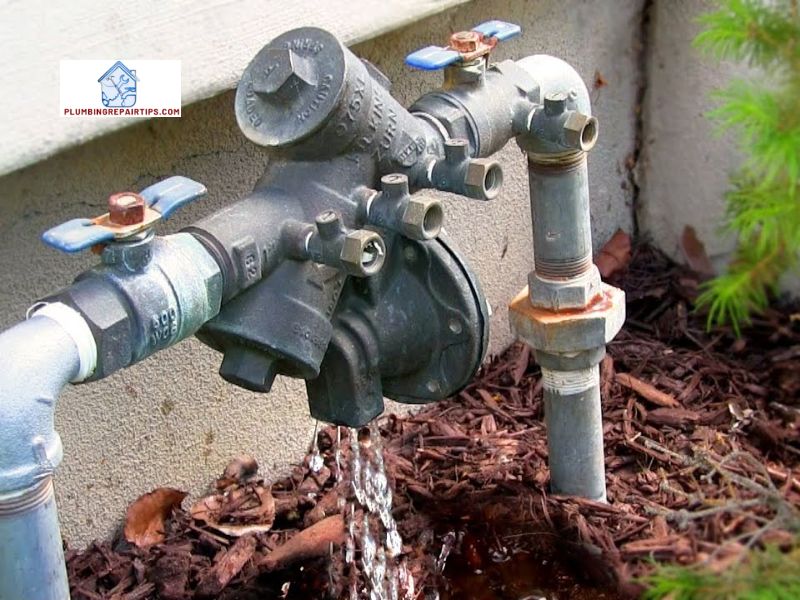
When a backflow preventer starts leaking, it’s not just a minor inconvenience. The consequences can be far-reaching and pose significant risks to both your health and the environment. Let’s explore the potential risks associated with a leaking backflow preventer.
A. Contamination of Potable Water Supply
One of the primary concerns when a backflow preventer leaks is the potential contamination of your potable water supply. As the device fails to prevent the reverse flow of water, it opens the door for contaminants, such as chemicals, fertilizers, or even sewage, to enter the clean water supply. Consuming contaminated water can lead to severe health issues, including gastrointestinal problems, infections, and even long-term health complications.
B. Health Hazards
A leaking backflow preventer not only compromises the quality of your drinking water but also poses direct health hazards. The presence of harmful substances in the water can have adverse effects on your well-being, especially if you use the water for cooking, bathing, or cleaning. Chemicals and toxins can irritate the skin, eyes, and respiratory system, while bacteria and viruses can cause infections and diseases. Protecting your health and the health of your loved ones should be a top priority.
C. Legal Consequences
Apart from the health risks, neglecting a leaking backflow preventer can also lead to legal consequences. Many jurisdictions have regulations in place to ensure the safety of water supplies, and failure to comply with these regulations can result in penalties or legal actions. It’s crucial to address any issues with your backflow preventer promptly to avoid potential legal liabilities.
Understanding the potential risks and consequences of a leaking backflow preventer emphasizes the urgency of addressing the issue promptly. In the next section, we’ll discuss the steps you can take to fix a leaking backflow preventer and safeguard your water supply.
Next section: Steps to Fix a Leaking Backflow Preventer
Conclusion
In conclusion, dealing with a leaking backflow preventer is crucial to maintaining the safety and integrity of your water supply. Ignoring the issue can lead to contamination, health hazards, and even legal consequences. By understanding the importance of a backflow preventer and recognizing the common issues that can cause leaks, you are empowered to take the necessary steps to address the problem.
To fix a leaking backflow preventer, the following steps are essential:
Shutting off the Water Supply
The first step is to turn off the water supply to prevent any further leakage and potential damage. Locate the main water shut-off valve and ensure it is closed.
Identifying the Source of Leakage
Thoroughly inspect the backflow preventer to identify the specific component or area that is causing the leak. It could be a faulty valve, high water pressure, or damaged seals.
Repairing or Replacing Faulty Parts
Once the source of the leakage is identified, you have the option to repair or replace the faulty parts. This may involve tightening loose connections, replacing worn-out seals, or even installing a new valve.
Testing and Verification
After repairing or replacing the necessary components, it is crucial to test the backflow preventer to ensure it is functioning properly. Hire a professional or utilize testing equipment to verify that the device is effectively preventing backflow.
By following these steps, you can address a leaking backflow preventer and restore the safety of your water supply. Remember, regular inspections and maintenance are key to preventing future leaks and ensuring the longevity of your backflow preventer.
For more expert tips and guidance on plumbing-related issues, visit plumbingrepairtips.com. Trust in our expertise to keep your water supply safe and your plumbing system in optimal condition.
End of article
